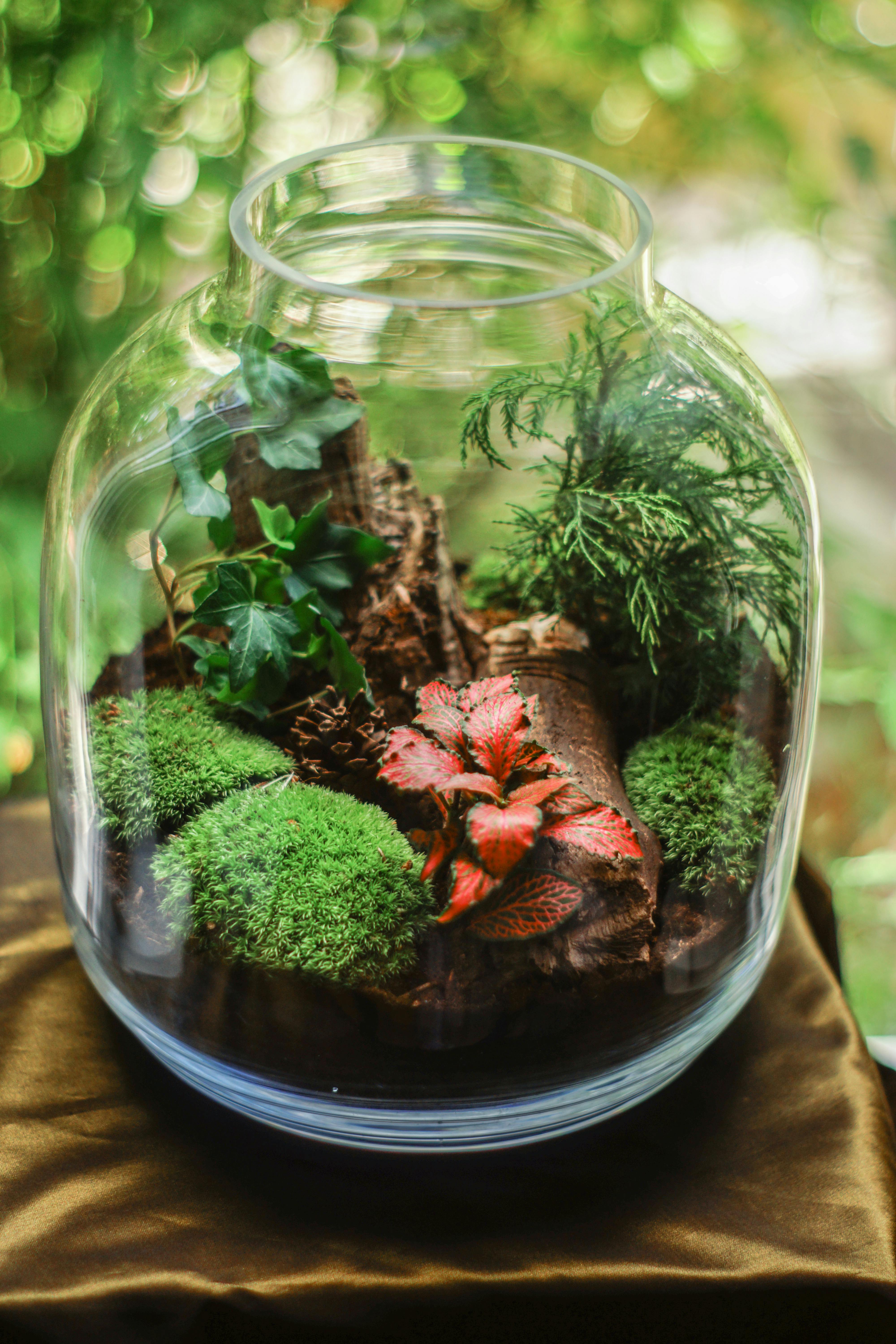Whimsical Wonderlands: Fairy Gardens for Grown-Ups
Imagine stepping into a miniature world of enchantment, right in your own backyard. Fairy gardens, once the domain of children's fantasies, are blossoming into sophisticated landscapes for adults seeking a touch of magic in their everyday lives. This trend combines horticultural artistry with whimsical design, creating captivating miniature ecosystems that spark joy and imagination.

In recent years, fairy gardens have undergone a transformation, shedding their childish image to become sophisticated landscaping projects. Adult fairy gardens often incorporate more refined elements, such as bonsai trees, carefully selected succulents, and artisanal miniatures. This shift has broadened their appeal, turning fairy gardens into a serious hobby for many and a unique form of self-expression.
Design Principles for Adult Fairy Gardens
Creating a fairy garden for grown-ups requires a delicate balance between whimsy and sophistication. The key lies in choosing high-quality materials and focusing on subtle details that elevate the overall aesthetic. Instead of plastic figurines, opt for hand-crafted elements made from natural materials like wood, stone, or metal.
Scale is crucial in fairy garden design. Maintaining proper proportions between plants, accessories, and the overall garden space creates a cohesive and believable miniature world. Landscape designers recommend using a variety of textures and heights to add depth and interest to the garden, mimicking the diversity found in full-scale landscapes.
Color schemes play a significant role in adult fairy gardens. While children’s versions might feature bright, primary colors, mature fairy gardens often employ more subdued palettes. Earthy tones, pastels, and monochromatic schemes can create a more sophisticated look while still maintaining an ethereal quality.
Plant Selection for Miniature Landscapes
The heart of any fairy garden lies in its plant life. For adult-oriented designs, the focus shifts to plants that offer interesting textures, shapes, and sizes at a miniature scale. Succulents are particularly popular due to their diverse forms and low maintenance requirements. Varieties like Sedum, Echeveria, and Haworthia can create the illusion of full-sized trees and shrubs in a tiny landscape.
Moss is another essential element in fairy gardens, providing a lush, green carpet that mimics grass or forest floors. Different types of moss can be used to create varied textures and shades, adding depth to the miniature ecosystem. For those seeking more traditional plants, dwarf varieties of familiar species like ferns, ivy, and miniature roses can be incorporated to add a touch of classic garden charm.
Bonsai techniques can be applied to create miniature trees that serve as focal points in fairy gardens. While traditional bonsai may take years to develop, faster-growing species like Jade plants or small-leaved Ficus varieties can be shaped to resemble mature trees in a shorter timeframe.
Accessorizing with Sophistication
The accessories in an adult fairy garden should be chosen with care, focusing on quality and artistic value. Handcrafted miniatures from artisans specializing in dollhouse furniture or model railroad scenery can add an air of authenticity and sophistication. Look for items made from materials like ceramic, glass, or weathered metal for a more refined appearance.
Water features can be incorporated through the use of small mirrors or resin to create the illusion of ponds or streams. Tiny bridges, gazebos, and pathways made from natural materials like pebbles or twigs can add structure and narrative to the garden. For lighting, consider miniature solar-powered LEDs that can create a magical glow in the evening hours.
Some enthusiasts are taking fairy garden accessories to the next level by creating custom pieces using 3D printing technology. This allows for unique, personalized elements that fit perfectly with the garden’s theme and scale.
Incorporating Fairy Gardens into Home Decor
Adult fairy gardens are not limited to outdoor spaces. Many enthusiasts are bringing these miniature wonderlands indoors, incorporating them into home decor as living art pieces. Terrariums, glass cloches, and vintage containers can house small-scale fairy gardens, becoming eye-catching focal points in living rooms, offices, or bedrooms.
Indoor fairy gardens offer the advantage of year-round enjoyment and the ability to control environmental factors more precisely. They can be designed to match existing decor styles, from modern minimalist to bohemian chic, by carefully selecting plants and accessories that complement the room’s aesthetic.
The Therapeutic Benefits of Miniature Gardening
Beyond their aesthetic appeal, fairy gardens for adults offer therapeutic benefits. The process of creating and maintaining these miniature landscapes can be deeply meditative, providing a form of horticultural therapy. The attention to detail required in fairy gardening can help reduce stress and improve focus, making it an ideal hobby for those seeking a creative outlet with calming effects.
Psychologists have noted that engaging with miniature worlds can also foster a sense of control and accomplishment, particularly beneficial in times of uncertainty. The act of nurturing a tiny ecosystem can be empowering, offering a tangible way to care for something and watch it thrive.
Community and Sharing in the Fairy Garden World
The adult fairy garden community has flourished, with enthusiasts sharing ideas, techniques, and even organizing competitions. Social media platforms have become hubs for fairy garden inspiration, with Instagram accounts dedicated to showcasing intricate designs and innovative ideas. This online community has helped propel the trend forward, encouraging creativity and pushing the boundaries of what’s possible in miniature landscaping.
Fairy garden workshops and classes are becoming increasingly popular, offering adults the opportunity to learn new skills and connect with like-minded individuals. These events often focus on advanced techniques like creating custom accessories or integrating technology into fairy garden designs.
As the trend continues to grow, it’s clear that fairy gardens for grown-ups are more than just a passing fad. They represent a unique intersection of gardening, art, and storytelling, allowing adults to explore their creativity and find a little magic in their everyday lives. Whether nestled in a corner of the backyard or displayed prominently in the living room, these whimsical wonderlands offer a delightful escape into a world of miniature beauty and endless imagination.





